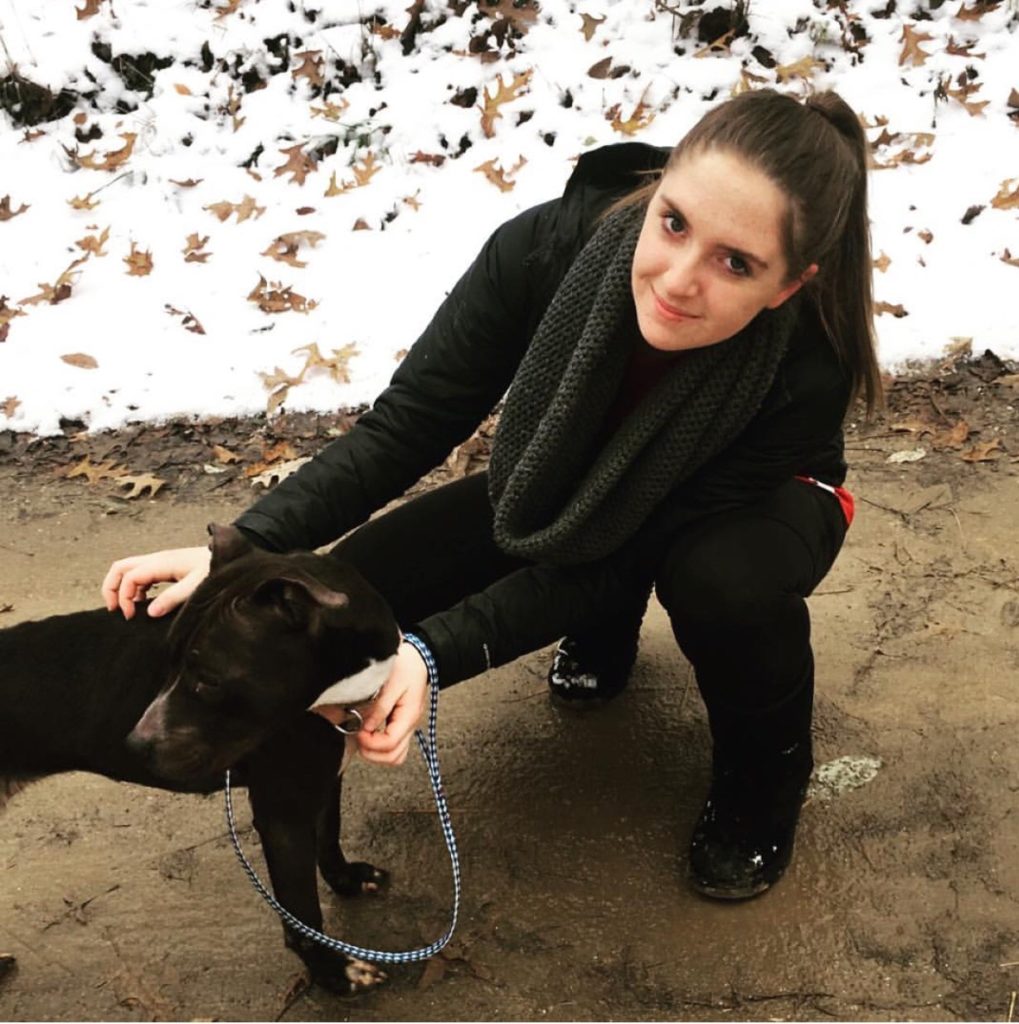
Courtesy | Danielle Bagenski
An average of 90% of all shelter animals in Michigan are not killed or euthanized.
The Michigan Pet Fund Alliance announced in their 2018 Michigan Shelter Live Release Report that most of the state’s animal shelters are considered “no-kill,” meaning that 90% of all the animals being brought to shelters are adopted, returned to their owners, or transferred to another facility. This is something Deborah Schutt, founder and chair of the MPFA, has worked toward for years.
“Twenty years ago, we had the dog catcher. The philosophy was to catch and kill; that’s what most shelters did,” Schutt said.
Michigan is now the second state to be considered no-kill after Delaware. Delaware, however, has only three animal shelters compared to Michigan’s 174.
Over the last 10 years, groups across the U.S. have been working for the goal of getting animal shelters to no-kill status, according to Schutt.
Schutt said a rate of 90% live releases is a good indicator for whether animal shelters are handling animals well.
Of the 83 counties in Michigan, MPFA’s study found that 11 have a 70% to 89% live release rate, while four have a 50% to 69% live release rate. None of the counties in the state have a live release rate lower than 50%, but three counties — Luce, Oscoda, and Presque Isle — don’t have any licensed shelters, according to the report. Schutt said there are about 174 animal shelters in the state, though that number changes over the years.
When it comes to the data MPFA used in its latest study, Schutt said shelters are required by law to submit those numbers to the Michigan Department of Agriculture and Rural Development.
“[The form] includes how many animals are saved, how many are brought in, how many cats and dogs, and whether they’re in there over or less than six months,” Schutt said. “They have to do that every year.”
While there has never been a national consensus as to definitions, Schutt draws a distinction between killing and euthanizing shelter animals. When a “healthy and treatable” animal is put down, that should be considered killing an animal, she said. Euthanasia is “an act of mercy to end suffering.”
For a small percentage of shelter animals, their behavior may be so bad that they can’t be saved. For other animals, they might have untreatable health issues such as cancer, in which case it’s more humane to euthanize the animal.
According to the MPFA’s study, Hillsdale County had a 97% live release rate last year, only down 2% from their 2017 rates. This means that only 3% of shelter animals total are put down in the county.
Jill Richardson, manager for the Greater Hillsdale Humane Society, said they have always been a no-kill shelter. She noted that euthanasia services aren’t even offered since they don’t have a veterinarian on staff. The shelter’s intake has been about the same, she said, so the state’s designation of no-kill hasn’t changed things for them.
Richardson said she thinks animals need more time initially to adjust to a shelter before employees decide to put them down. Personally, she believes shelters should give animals a week of adjusting before any decisions are made.
“A dog or cat is always fearful when they first get in. Going by their first reaction is not fair to the animal,” she said. “They need to see people every day and interact every day.”
Hillsdale sophomore Danielle Bagenski, the humane society GOAL leader, echoed Richardson’s point about the GHHS having no-kill shelters. Because they don’t euthanize animals, however, the problem they might have to deal with is overcrowding.
“A way to combat this issue, and something both of our local shelters take part in, is working with other shelters throughout the state to ensure that these abandoned and neglected animals can find happy and safe homes,” Bagenski said in an email.
When shelters have these kinds of relationships, she said, it proves that it’s possible for animals to be adopted and that shelters don’t have to resort to putting down their animals.
Bagenski said Michigan can be an example to other states of how to value the well-being of animals. She said the no-kill designation doesn’t mean animals are “getting adopted out to random families.”
“The first priority is always an animal’s safety, which is why shelters have specific procedures in place to ensure animals are getting adopted into safe homes,” Bagenski said.

